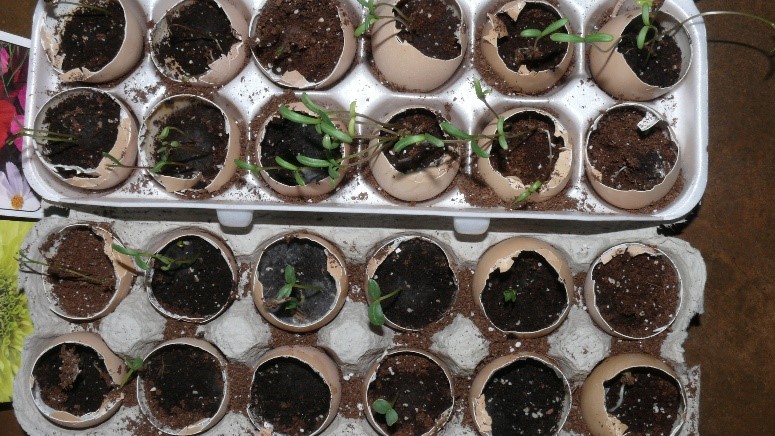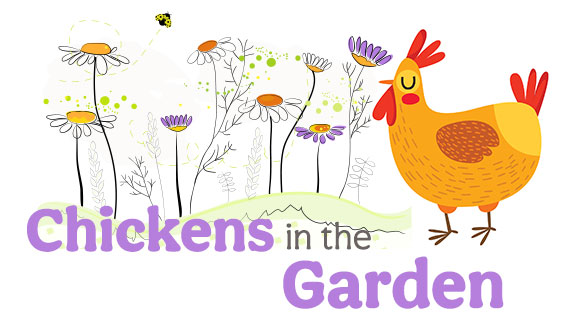Garden looking a little ragged? Try a second sowing

Image by Capri23auto from Pixabay
It’s mid-summer already, and after a few days of much needed rain, my gardens are finally filling in. With colder than normal spring temperatures, Midwest gardeners had a late start this year, followed by scorching temps in early June. Gardens have already been through the ringer! Luckily, zinnias I started from seed are about to bloom, and cosmos aren’t far behind. My early spring bloomers, delphinium, iris and Shasta daisies are dying back. Try as I might to keep a season of blooming pollinator plants, the timing of blossoms is ever changing, depending on fluctuating temperatures and rainfall. To avoid a blossom draught in my garden, I’ll start a new batch of annuals to fill in holes as the early season plantings fade.
I noticed on a recent trip to the local botanical gardens that they intersperse short-season perennials with long-blooming annuals in all of their ornamental gardens. This gives them season-long blossoms and constant, eye-catching displays, as well as a hearty pollinator habitat year-round.
Start Seeds in Summer
For bountiful blooms throughout the summer, a second sowing of colorful annuals in mid-June to early July will create a bloom time in late August or early September, depending on maturation times. By then, Midwest gardens often look a little raggedy and need an infusion of new life. Choose annuals with a shorter “days to bloom” time. Some seed packets have the “days to bloom” time listed on the packets.
I have a large washtub I’d like to fill with fall chrysanthemums, but fear sowing the seeds directly in the large container might not lead to the best results. Seedlings often grow slower in larger containers and can easily be overwatered. I’m in a hurry, so will start seedlings in my eggshells I’ve saved, and directly sow other seeds in between the garden’s thin spots.

Rinse out eggshells and poke a couple of holes in bottom for drainage. Crack up shell and plant seedlings, shell and all.
Best Summer-Sown Seeds
This week, I’m starting California Giant zinnias (Zinnia elegans) and Bright Lights Blend cosmos, (Cosmos sulphureus). I’ll also start Robinson Red chrysanthemums, in pots. Chrysanthemums are technically perennial, but here in the upper Midwest, are considered more of an annual. If planted in late June to early July, the cosmos and zinnias (with a 50-60 day bloom time) should be blooming by mid to late August when other plantings are tired looking. Hopefully, the heirloom chrysanthemums will be ready to bloom for fall.
Other colorful annuals with a short “days to bloom” time are nasturtiums (Tropaeolum), with 30-55 days to bloom. Another great choice is sweet alyssum (Lobularia maritima) with about a 60-day bloom time. Sweet alyssum withers away in the dog days of summer but is a great addition to the fall garden bed, as it can be sown as late as August. Alyssum also makes a great groundcover for those bare spots in the garden.
You can never have enough sunflowers
Sunflowers are my all-time favorite, and I’ve directly sown the first round of seedlings in mid-May. I’ll continue to directly sow Mammoth Russian and Autumn Beauty varieties for blooms through the first frost. Both are about 75 days to bloom, so if sown in late June to early July, should be ready for a nice bouquet around mid-September.
Instead of trying to keep spring-sown plantings going through the dog days of summer, consider started fresh by sowing new seedlings in mid-summer. You’ll have a fresh-looking garden and save the hassle — and water resources — of trying to keep withering plants alive.

